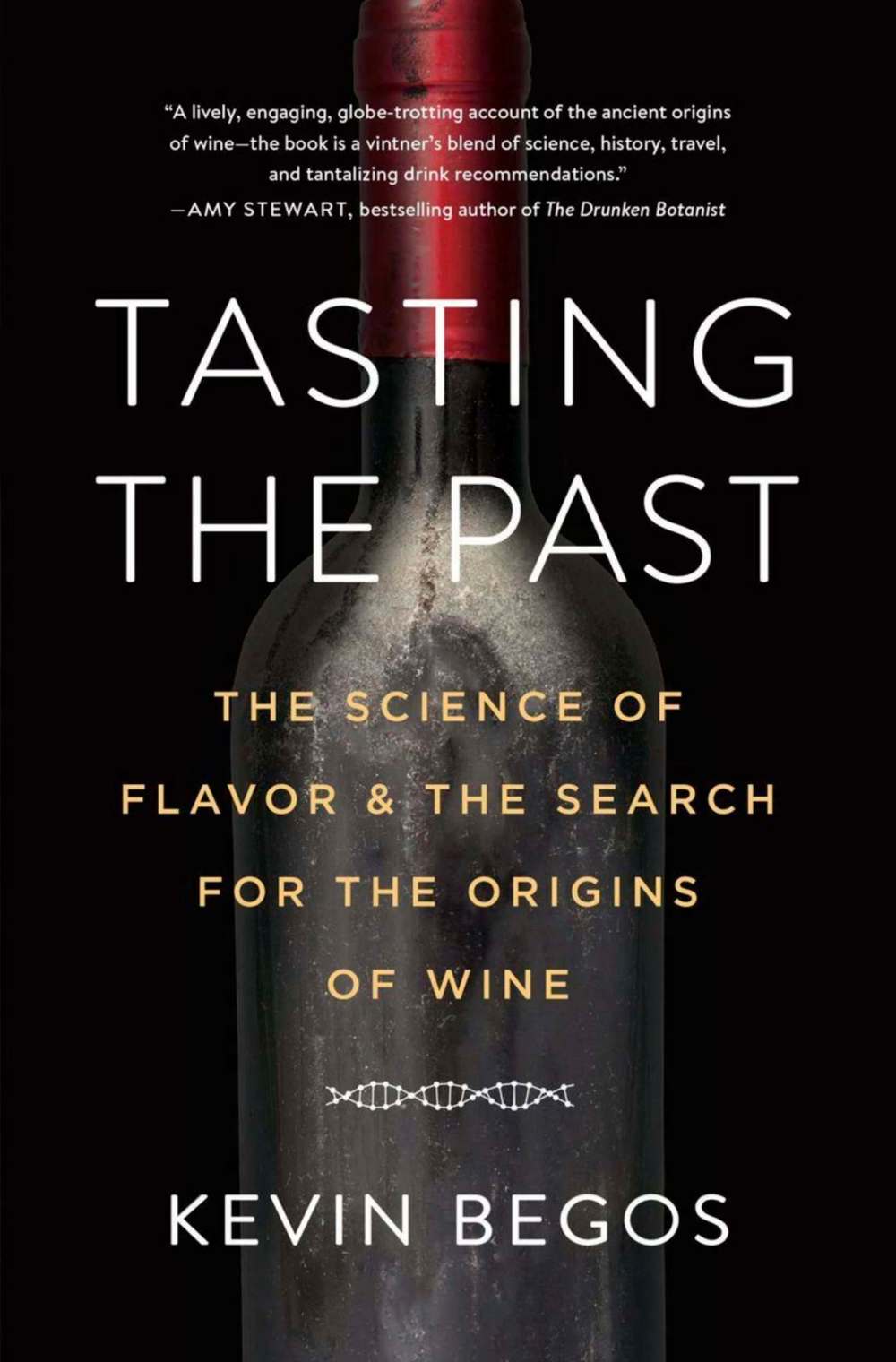Genesis, genetics of wine explored
Advertisement
Read this article for free:
or
Already have an account? Log in here »
To continue reading, please subscribe:
Monthly Digital Subscription
$1 per week for 24 weeks*
- Enjoy unlimited reading on winnipegfreepress.com
- Read the E-Edition, our digital replica newspaper
- Access News Break, our award-winning app
- Play interactive puzzles
*Billed as $4.00 plus GST every four weeks. After 24 weeks, price increases to the regular rate of $19.00 plus GST every four weeks. Offer available to new and qualified returning subscribers only. Cancel any time.
Monthly Digital Subscription
$4.75/week*
- Enjoy unlimited reading on winnipegfreepress.com
- Read the E-Edition, our digital replica newspaper
- Access News Break, our award-winning app
- Play interactive puzzles
*Billed as $19 plus GST every four weeks. Cancel any time.
To continue reading, please subscribe:
Add Winnipeg Free Press access to your Brandon Sun subscription for only
$1 for the first 4 weeks*
*$1 will be added to your next bill. After your 4 weeks access is complete your rate will increase by $0.00 a X percent off the regular rate.
Read unlimited articles for free today:
or
Already have an account? Log in here »
Hey there, time traveller!
This article was published 21/07/2018 (2632 days ago), so information in it may no longer be current.
Like many booze-fuelled adventures on the road, Kevin Begos’s began in a hotel minibar.
But this was no ordinary exercise in imbibing. In 2008, the American journalist and author, then in a hotel room in Amman, Jordan, casually cracked a bottle of red wine produced by Cremisan Cellars in Bethlehem.
Something about the rustic wine captivated him, sparking a years-long exploration of wine’s origins.

Begos ventures far beyond typical “wine country,” eventually getting to better-known regions in France and Italy on his two-year journey after first heading east to the Caucasus Mountains, near Georgia and Turkey.
This is where grapes were cultivated in the first iterations of the kinds of wines we see and taste today (minus the critters on the labels, presumably).
Over the next centuries, wine eventually made its way into Israel, Greece and Italy before spreading further west to Europe’s borders and beyond.
But Begos also heads south, exploring wine in ancient Egypt as well and highlighting its cultural importance in ancient civilizations. Throughout, he chooses to focus on grapes that are indigenous to each region, some of which have teetered on the brink of extinction, rather than on the handful of “noble” grape varieties that make up the bulk of commercial wine today.
Begos explores wines made from grapes such as Khikvi, Goron, Hamdani and Dabouki, varieties unlikely to grace shelves in this neck of the woods.
In this sense his book is quite timely; sommeliers and wine geeks in search of new thrills and flavours have increasingly ventured down the path less travelled, away from cookie-cutter Merlots and Chardonnays.
Along the way, Begos provides tasting notes that don’t get overly poetic or technical, and which will appeal to the general wine-drinking population.
The other aspect of the book is, as the subtitle notes, the science of flavour. After his initial two-year journey, Begos spends years meeting with all manner of scientists — both in the enological world and beyond — to tackle more technical matters.
His mainly crisp, concise prose works well in conveying the science in his book in a way that’s easy to understand — from biomolecular research to botany and beyond. Along the Rhône Valley in Switzerland, for example, Begos meets with Dr. José Vouillamoz, a grape geneticist who practises ampelography, profiling the DNA of grapes to identify parentage and origin. Begos also delves into the variations that soil, climate, yeast strains and more play on a wine’s final taste.
The Cremisan wine that initially beguiles Begos in his Jordanian minibar at the book’s outset serves as the lynch-pin for the bulk of Tasting the Past.
In addition to visiting the monastery in Jerusalem where his earth-shattering red was made, he cross-references many of his discoveries with this singular, eye-opening wine.
And while he clings to the memory of that random bottle a little too tightly, it highlights the passion the wine ignited in him, one most oenophiles experience at least once in their lives.
Begos’ knack for pulling the science and history of grape and wine into an enjoyable narrative should be plenty palatable to even the most occasional imbiber.
Ben MacPhee-Sigurdson is the Winnipeg Free Press wine writer and literary editor.


